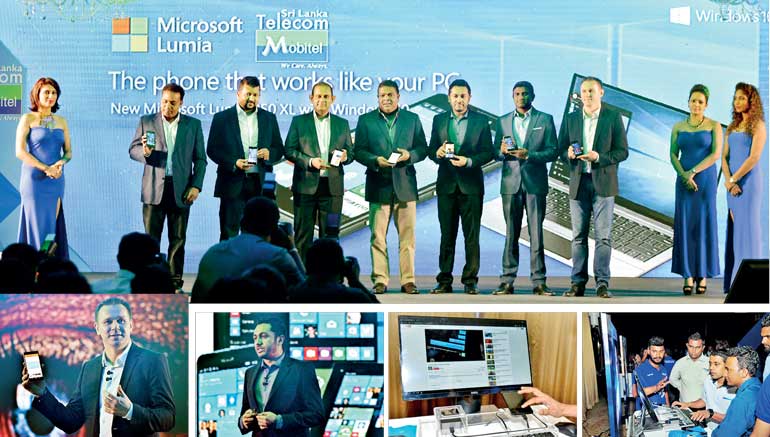Thursday Dec 18, 2025
Thursday Dec 18, 2025
Thursday, 7 January 2016 00:00 - - {{hitsCtrl.values.hits}}
 SEOUL (Reuters): Tech giant Samsung Electronics Co Ltd may be due for another profit drop in 2016, as slowing demand for consumer electronics saps momentum for the less-glamorous components businesses that offset last year’s smartphone struggles.
SEOUL (Reuters): Tech giant Samsung Electronics Co Ltd may be due for another profit drop in 2016, as slowing demand for consumer electronics saps momentum for the less-glamorous components businesses that offset last year’s smartphone struggles.
The world’s top maker of memory chips and smartphones is expected to guide on Friday its second straight quarter of annual profit growth for October-December. Analysts expect the South Korean firm’s overall 2015 earnings to have rebounded moderately from 2014, when profit fell for the first time in three years.
But slower growth in China and the persistent weakness of emerging market currencies are eroding demand for consumer electronics, undercutting prices of the memory chips and displays that Samsung leaned on to cope with its mobile profit decline, and clouding its earnings prospects.
“I initially thought Samsung’s 2016 profits would fall but still be close to 2015’s, but that seems unrealistic at this point,” said Park Jung-hoon, fund manager for HDC Asset Management.
“Nobody has any idea about when and by how much demand can recover.”
A Thomson Reuters SmartEstimate derived from a survey of 30 analysts tips Samsung’s fourth-quarter profit to have risen 26% from a year earlier to 6.6 trillion won ($ 5.52 billion). But some brokerages recently cut their forecasts citing weaker-than-anticipated components sales, pushing the stock to its lowest level in three months on Monday.
Samsung Chief Executive Kwon Oh-hyun warned on Monday the firm faced challenges from weak global growth and heightened uncertainties stemming from factors such as financial risks for emerging markets.
The downbeat remarks come amid growing concerns that Samsung and other tech industry firms such as Apple Inc will face earnings pressures in coming quarters as tepid demand undercut sales.
Apple’s shares sank 2.5% on Tuesday afternoon after Japan’s Nikkei business daily reported the US giant would cut production of its latest iPhone models by about 30% in the January-March quarter as inventories piled up.
Chipping away
Researcher TrendForce expects 2016 global semiconductor sales to shrink 0.6% to $ 329 billion, with memory chips seen as a major drag as global smartphone market growth slows.
The launch of Microsoft Corp’s Windows 10 operating system has failed to spark demand for personal computers, while some analysts say weaker-than-expected sales of Apple’s new iPhones is also hurting chipmakers.
IHS Technology data shows that display panel prices for key products including televisions and laptop computers declined steadily throughout the fourth quarter, underscoring margin pressures.
“Inventory buildup stemming from weak demand will push components prices to lower-than-anticipated levels during the first half of 2016,” KTB Securities analyst Jin Sung-hye said in a report, cutting a 2016 profit forecast for Samsung to 24.2 trillion won from 25.4 trillion won previously. To be sure, Samsung’s commanding market position and technological lead in the memory business leave it well-placed to weather the downturn. A $ 58 billion cash pile allows Samsung to spend big on developing high-end products such as 10-nanometre processors and foldable screens, even with the record share buybacks planned.
Nevertheless, Samsung will be hard-pressed to make up for weaker components sales as it loses smartphone market share to rivals such as Apple and Huawei Technologies Co Ltd. Its push into new businesses such as auto components and healthcare products may take years before generating meaningful returns.